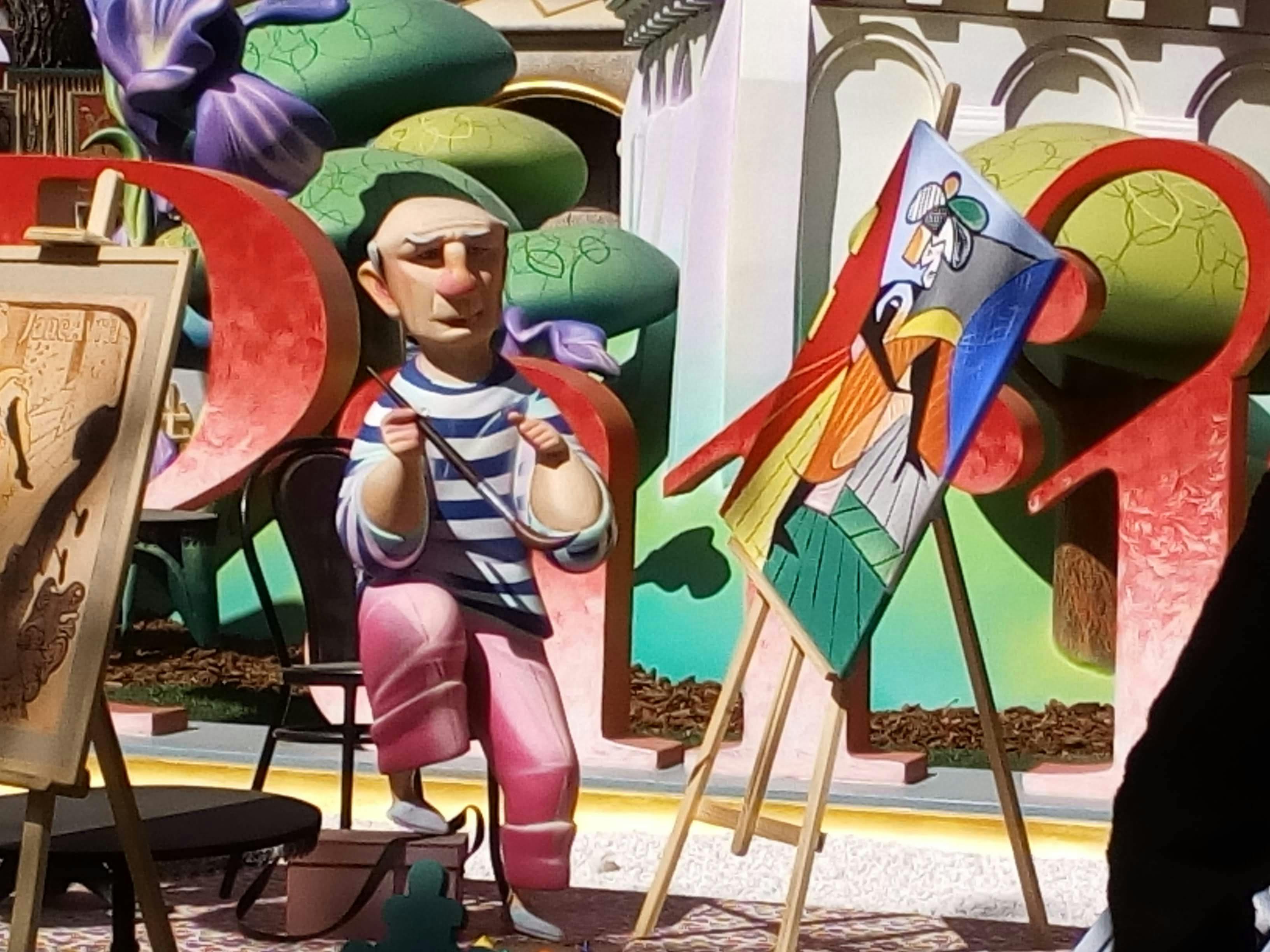MATISSE & PICASSO - THE CURATORS INSIGHTS
Why is the relationship between Matisse & Picasso so famous?
Relationships between artists are an interesting idea for an exhibition because they remind audiences that individual artists don’t work in a vacuum. However, the relationship that existed between Henri Matisse and Pablo Picasso is one of the most important of these. Together these two men changed modern art in unimaginable ways over the course of their 50-year relationship. And as audiences to Canberra will see, the rivalry—sometimes friendly, sometimes not—pushed both artists in ways that they wouldn’t have been able to fathom if the other hadn’t been there.
What makes this exhibition a must see this summer?
Not only does it showcase the work, across all mediums, of two of the art world’s superstars, it draws together paintings and sculpture from over 23 international public and private collections. In addition, the scale of this exhibition means that the National Gallery of Australia can display almost it’s entire world-class collection of prints, drawings and illustrated books. Many of which have not been exhibited before.
With more than 140 paintings, sculptures, drawings, prints and costumes making up the exhibition, where are the pieces coming from?
This exhibition has been many years in the making because the works which we have borrowed have been the gems in their current owners’ collections. Obtaining agreements to lend has required long request times and gentle and persistent coaxing from our director and curatorial staff. The works have come from across Europe and the US, South America and Australia, from both public and private collections. Some of the major lenders include the Metropolitan Museum of Art in New York, the UK’s Tate, and Museé Picasso in Paris. Borrowing from so many collections provides our audience with the best possible exhibition of works which brilliantly demonstrates how the two artists careers intersected for over 50 years. But the number of lenders also requires a lot of hand work on the part of our exhibition coordinator and loans registrars to juggle arrival times, installation schedules budgets and couriers. This show has above all been an incredible team effort.
What is Cubism and was it made famous by Picasso?
Cubism was Picasso’s response to the work of Post-Impressionist master Paul Cézanne. He broke down objects into their composite geometric forms, presenting a fractured image of his subjects. He did this with portraits, still life and even landscape. Picasso was one of the main leaders of Cubism and it was a movement which was particularly scorned by Matisse who disparagingly described it as an art of ‘little cubes’. While Matisse was pretty accurate in his visual assessment of Picasso’s technique, he soon began to appreciate the merit of what the young Spaniard was doing. You can see how Matisse subtly began to employ the idea of geometry in his work. It was never as overt at Picasso (who continued to break up his subjects into geometric forms throughout his career) but it is there when you look for it.
Was there anyone or anything else that inspired or influenced the work of Matisse & Picasso other than each other?
Both artists were incredibly inspired by the work of Paul Cézanne and we devote the first main room of the exhibition to exploring their rivalry over the title of his heir. But as you move through the exhibition you see how classical stories and art also become pivotal to the work of both artists. This is evident in not just their paintings but also in the choices in writers with whom they collaborated on illustrated books and print series.
Both artists looked at and were inspired by art from Africa. Picasso famously collected and incorporated African masks in his early portraits. Matisse travelled to Morocco where he collected textiles and decorative art objects and they litter his work from the 1920s onward.
Matisse & Picasso weren’t just famous for their paintings. Can you tell us more about some of the other pieces on display such as the costumes from the Ballet Russes?
Both artists fell under the persuasive influence of Ballets Russes impresario Sergei Diaghilev. He owned and toured a ballet company through Europe and America from 1909 until his death in 1929. His company was revolutionary for a number of reasons but most pivotally he hired modern artists to design the costumes and backdrops rather than only relying on profession theatre designers. Picasso worked with the company on a number of ballets from 1917 until the mid-1920s and even married one of the principle dancers, Olga Khokhlova. His personal style and artistic techniques meant that he was well suited to life on the road with the ballet company and was able to quickly adapt his designs as needed. Matisse only worked on one, fraught ballet in 1919. He most likely took on the job, not only because Diaghilev was extraordinarily good at getting what he wanted, but also because of the success his rival Picasso had had with the company. Matisse’s working method was at odds with Diaghilev and the production was not a financial success. However, his costumes for Song of the Nightingale are now considered some of the most spectacular that were ever produced for the Ballets Russes.
The National Gallery of Australia has a world renown collection of Ballets Russes costumes and a selection of both artists work demonstrates the breath of talent which both Matisse and Picasso brought to everything that they touched.
What is your favourite piece in the exhibition and why?
My favourite works are the unexpectedly simply, yet powerful group of pencil drawings which Matisse did of his model and studio assistant Annelies Nelck in 1946. Although Matisse’s work is usually a cacophony of colour, pattern and obscure spaces, these 12 drawings demonstrate a confident artist’s approach to portraiture. They are radically chic and unbelievably beautiful.



